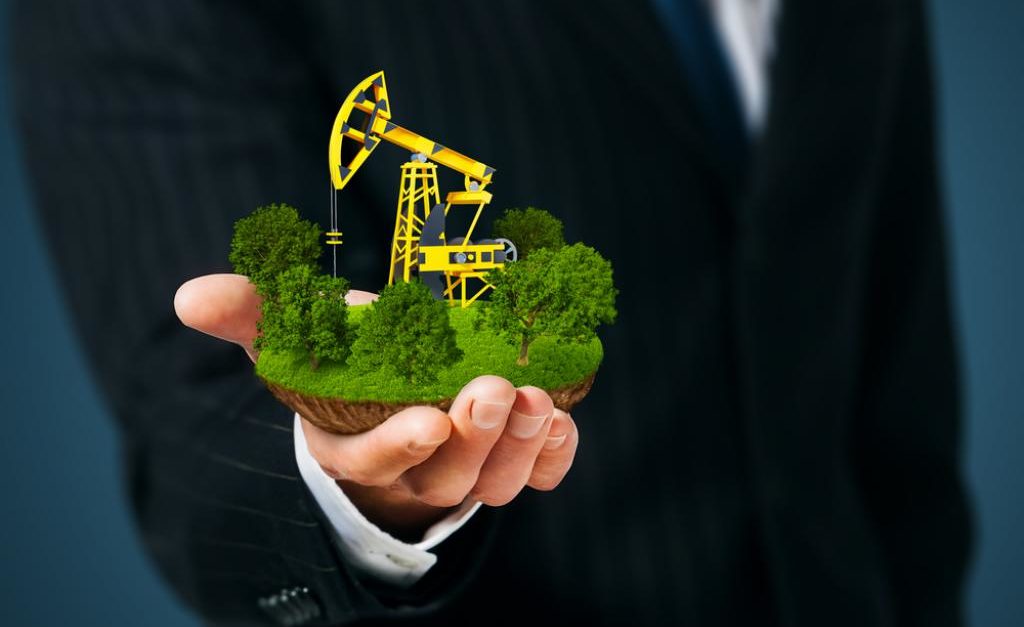
Today, negative impact upon the environment is reduced due to implementation of international best practices and organization of the environmentally safe production.
The head of the Company’s Environmental Protection Section answers the question below:
– How does DrilLife DS identify admissible impact upon the environment?
– First of all, we update the design documentation on a regular basis. Admissible impact from emission points and sources of waste upon the environment is calculated and approved by competent authorities regulating environmental policies. These data is taken into account during annual development of environmental protection measures, purchase of new equipment, selection and application of new technologies.
– Drilling waste is the main potential source of environment contamination during well construction. What effective technologies DrilLife DS uses to reduce drilling waste, ensure its safe treatment, deactivation, and disposal?
– As of today, our company cooperates closely with several research and development institutes that provide drilling waste treatment services directly at the well pads. As the waste is treated at the site of its generation, any risks related to environmental pollution during transportation of the waste are eliminated completely. We think that this waste recycling method is the most effective.
At the same time we widely use low waste technologies, for example, Derrick debris removal systems that include pollution control equipment – conveyer screens, vibration screens, desanders and desilters, and centrifuges. At present all our drilling rigs are equipped with the above, so we managed to significantly reduce generation of drilling waste.
– What are optimal conditions for the sumpless drilling method?
– In the first place, sumpless drilling is used at well pads located within water conservation zones, and represents a method of oil and gas well drilling without sludge sumps. Any generated drilling waste – like drilling cuttings and exhausted mud solids – are either transported to special land disposals, or are transferred for treatment to specialized companies directly at the waste generation sites.
Several years ago our company used the first option, but now the second option is a preferable choice.
Drilling waste water generated during drilling operations passes a four-stage treatment and filtration system. Further the water is either used for production needs, or is transferred to the subsoil license holder for injection into formations and maintaining of formation pressure. Use of drilling waste water in production process also reduces impact upon environment.
– How much consideration does the Company give to environmental training of its employees?
– For the environmental training purposes we invite specialists from various institute every year to train our employees and upgrade their skills. Moreover, the Environmental Safety Service conducts internal auditing and training on environmental safety corporate standards. The Quality Management System certified by a competent certification authority implies that the company has qualified environmental specialists and it is committed to comply with the international environmental safety standards.
